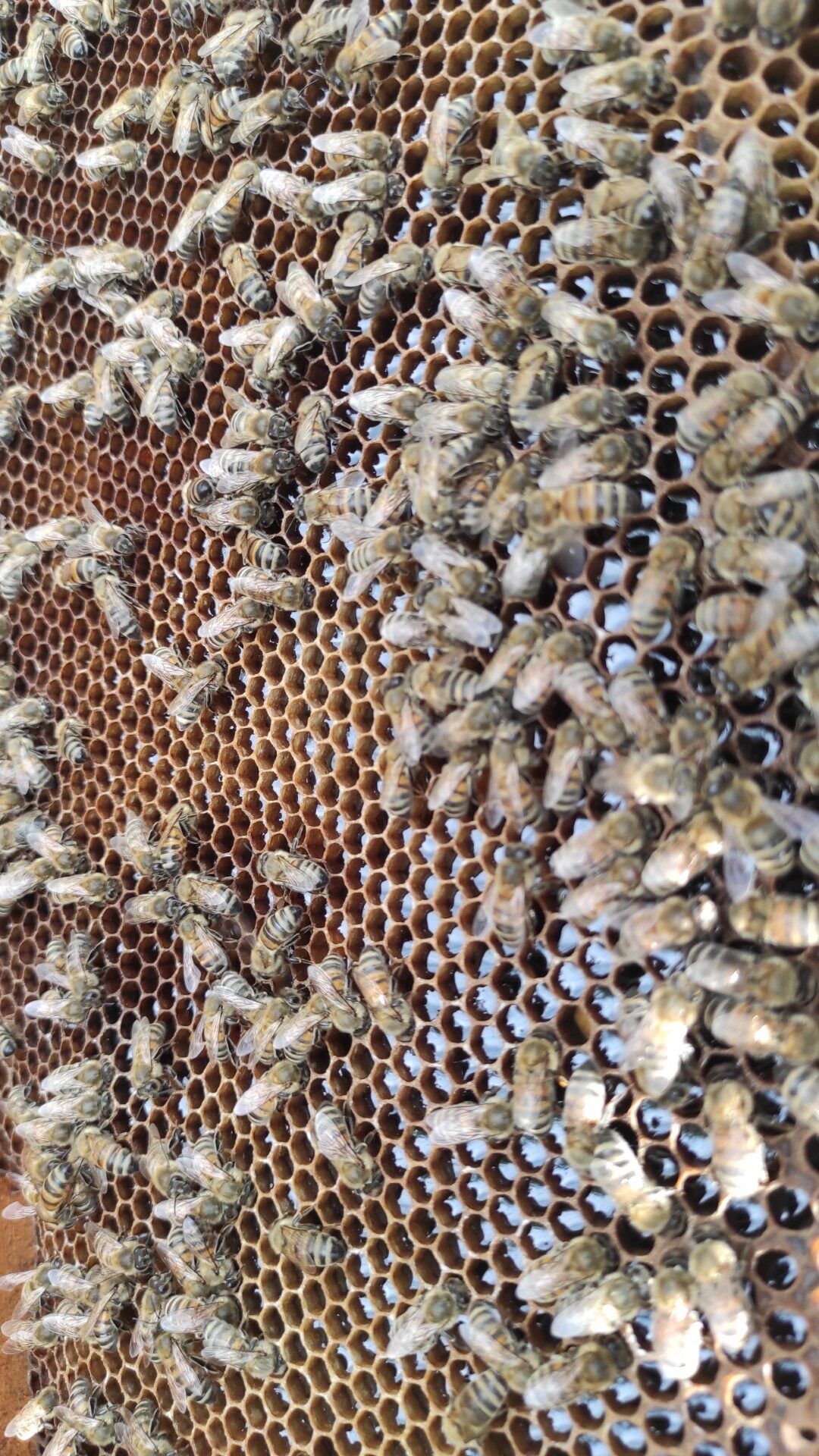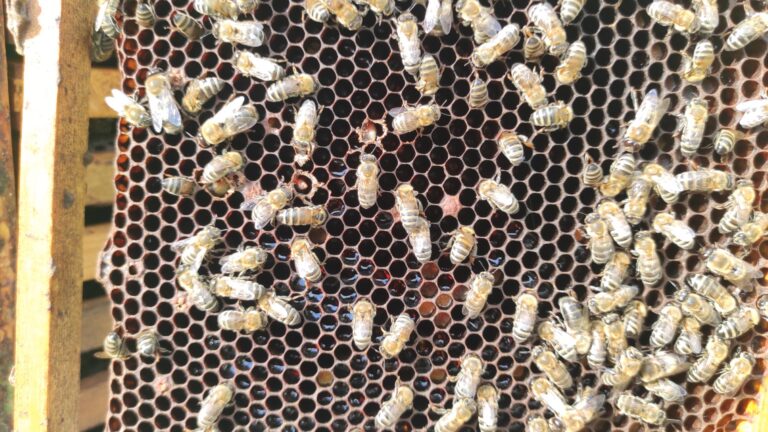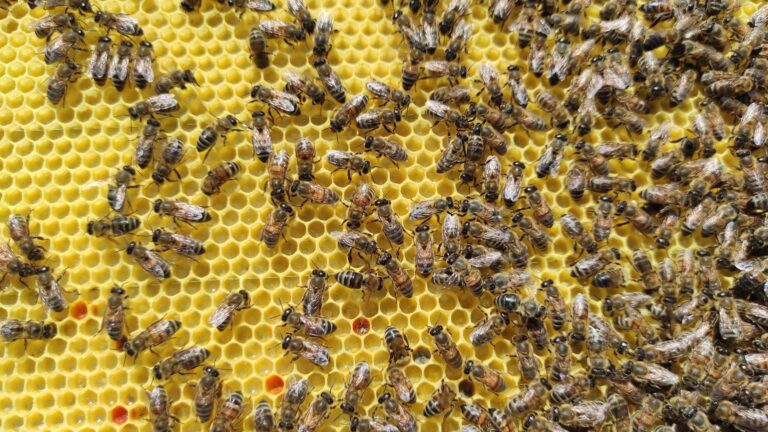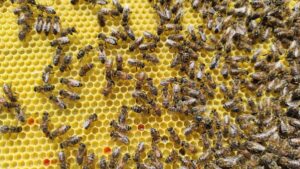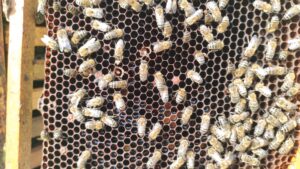The main honey flow represents one of the most exciting and crucial periods in the beekeeping calendar. This is when your colonies shift into high gear, transforming from spring buildup mode into serious honey production machines. Understanding how to recognize when this magical period begins can make the difference between a mediocre honey harvest and a bumper crop that fills your supers to the brim.
For beekeepers worldwide, the ability to identify the onset of the main honey flow is an essential skill that develops through experience and careful observation. Whether you’re managing hives in the clover fields of New Zealand, the heather moors of Scotland, or the wildflower meadows of North America, the signs remain remarkably consistent across different climates and floral sources.
Understanding the Main Honey Flow
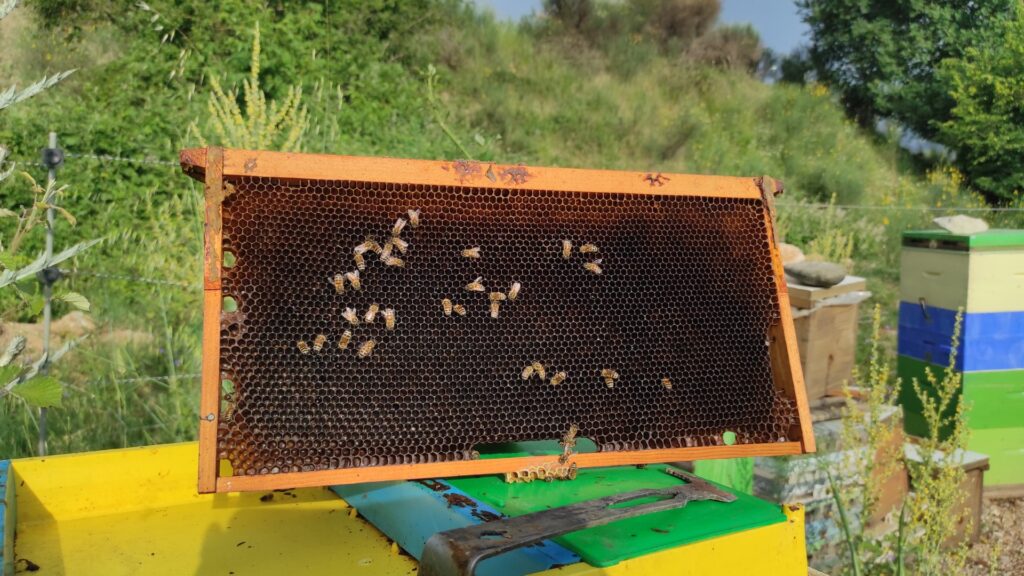
Before diving into the telltale signs, it’s important to understand what constitutes a main honey flow. This period occurs when major nectar sources bloom simultaneously while weather conditions remain favorable for bee foraging. Unlike minor flows that might provide enough nectar for colony maintenance, the main flow delivers surplus nectar that bees can convert into stored honey reserves.
The timing and duration of main honey flows vary dramatically by geographic location and local flora. In temperate regions, this often coincides with mid-summer when basswood, clover, and wildflowers reach peak bloom. In other areas, multiple smaller flows throughout the season may constitute the primary honey-gathering period.
Dramatic Changes in Bee Behavior and Activity
The most immediately noticeable sign of a main honey flow is the transformation in your bees’ behavior around the hive entrance. During normal periods, bees maintain steady but moderate activity levels. When the main flow begins, this changes dramatically.
You’ll observe a significant increase in flight activity, with bees launching from the entrance with purposeful urgency. Foragers exit the hive in rapid succession, often described as “firing out like bullets” from the entrance. This intensified departure pattern reflects the colony’s response to abundant nectar sources that require immediate attention.
Return traffic becomes equally impressive. Forager bees return heavily laden with nectar, their crops distended with liquid gold. You may notice returning foragers flying more slowly and deliberately, weighed down by their precious cargo. The landing board becomes a hub of constant activity as loaded foragers queue to enter the hive.
The overall tempo around the hive entrance accelerates noticeably. What was once a gentle, steady stream of bee traffic becomes an urgent highway of activity. This increased pace reflects the colony’s recognition that peak nectar availability requires maximum exploitation.
Physical Signs of Increased Nectar Collection
Beyond behavioral changes, several physical indicators signal the start of intensive nectar gathering. Fresh wax production becomes evident as house bees work frantically to construct new comb for nectar storage. You may notice bright white wax scales on the ground near the hive entrance, evidence of the wax-building frenzy occurring inside.
The distinctive aroma around the hive changes during active nectar flows. A sweet, floral fragrance often permeates the air near productive hives, created by the concentration of fresh nectar being processed inside. This scent can be quite pronounced, especially during evening hours when foraging activity peaks.
Propolis collection may also increase as bees work to seal cracks and prepare storage areas for the incoming nectar bounty. The overall maintenance activity around the hive intensifies as the colony prepares for maximum honey production.
Rapid Weight Gain in Hive Bodies
One of the most reliable indicators of a main honey flow is rapid weight gain in your hive bodies and supers. During peak flows, strong colonies can add several pounds of honey per day under optimal conditions. This dramatic weight increase becomes apparent when lifting hive components during inspections.
Supers that felt light when initially placed on the hive suddenly become noticeably heavier. The difference can be striking – what once required minimal effort to lift now demands considerable strength. This rapid weight accumulation is perhaps the most objective measure of honey flow intensity.
Experienced beekeepers often gauge flow strength by the effort required to lift supers during routine checks. When supers become significantly heavier between weekly inspections, you know the main flow is delivering substantial nectar volumes.
Changes in Comb Construction and Filling Patterns
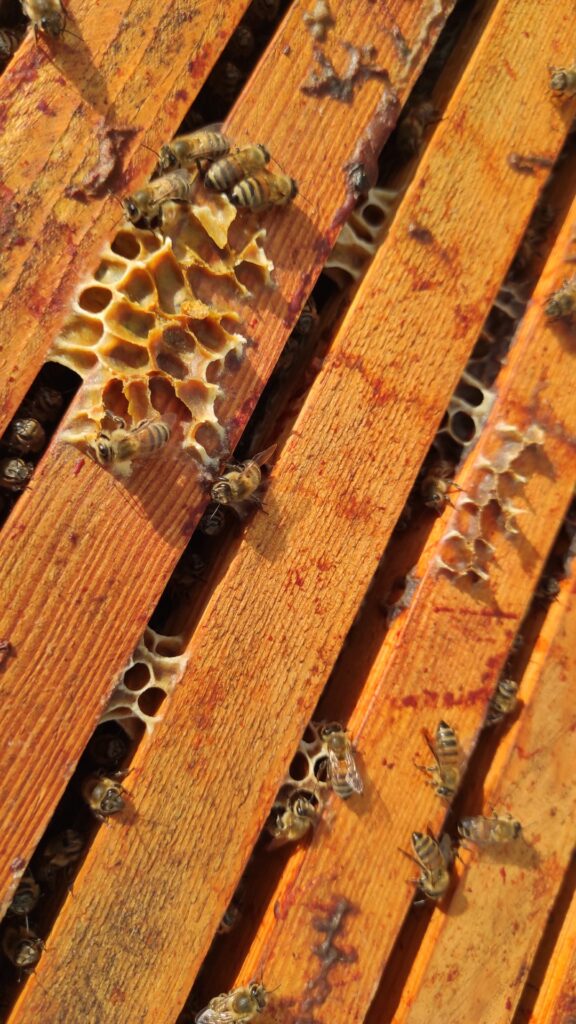
During major honey flows, comb construction patterns shift dramatically. Bees prioritize building and filling honeycomb with remarkable efficiency. New foundation becomes drawn out rapidly, often within days rather than weeks under normal conditions.
The pattern of comb filling also changes. Rather than the scattered, gradual filling typical of minor flows, main flows produce rapid, systematic filling of entire sections of comb. Bees work outward from the center of frames, creating impressive sheets of capped honey in short timeframes.
You’ll notice that bees begin capping honey at lower moisture contents during intense flows, eager to preserve the abundant nectar before it spoils. The sound inside the hive changes too, with increased buzzing from fanning bees working to evaporate excess moisture from fresh nectar.
Environmental and Weather Correlations
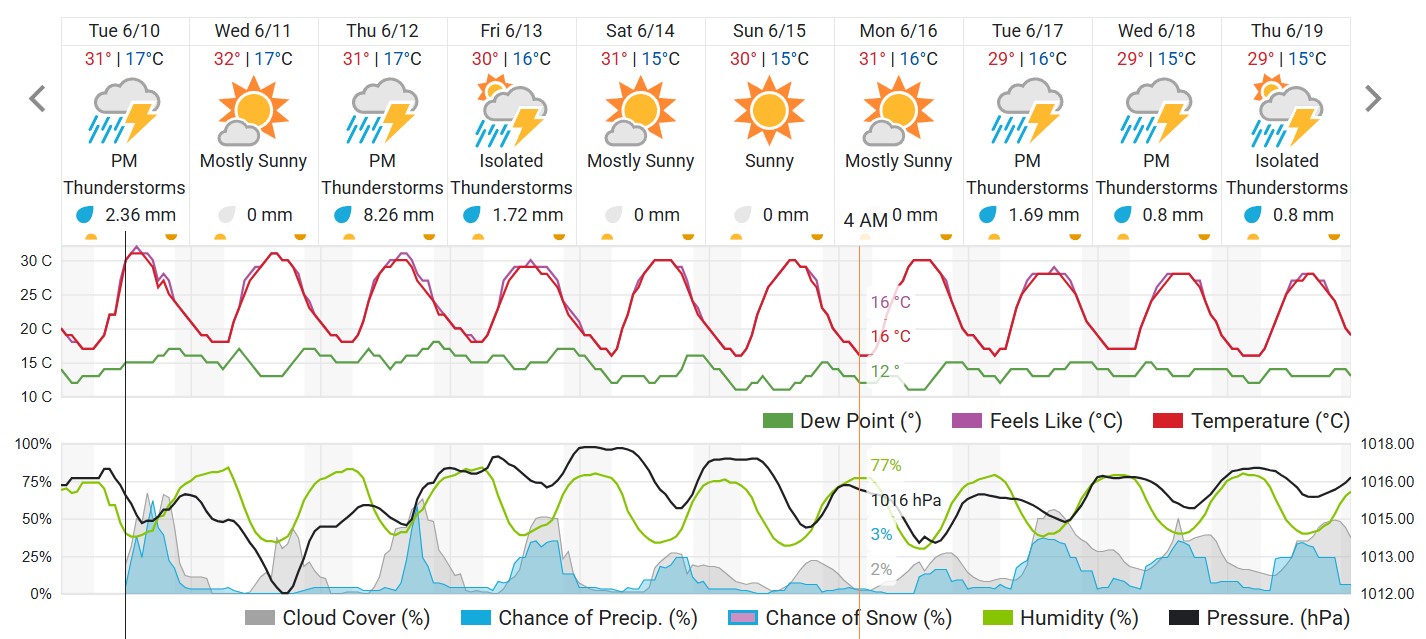
Weather patterns provide crucial context for identifying honey flow timing. The main flow typically requires specific environmental conditions: adequate rainfall to promote flower nectar production, followed by warm, sunny days that encourage both flower secretion and bee foraging activity.
Pay attention to recent weather patterns in your area. A wet spring followed by warm, humid conditions often sets the stage for exceptional honey flows. Conversely, drought conditions or extended cool periods can delay or diminish flow intensity.
Temperature patterns become particularly important. Daytime temperatures in the optimal range (typically 65-85°F or 18-29°C) combined with adequate humidity create ideal conditions for both nectar secretion and bee activity. Monitoring local weather forecasts helps predict flow timing and duration.
Floral Resource Assessment
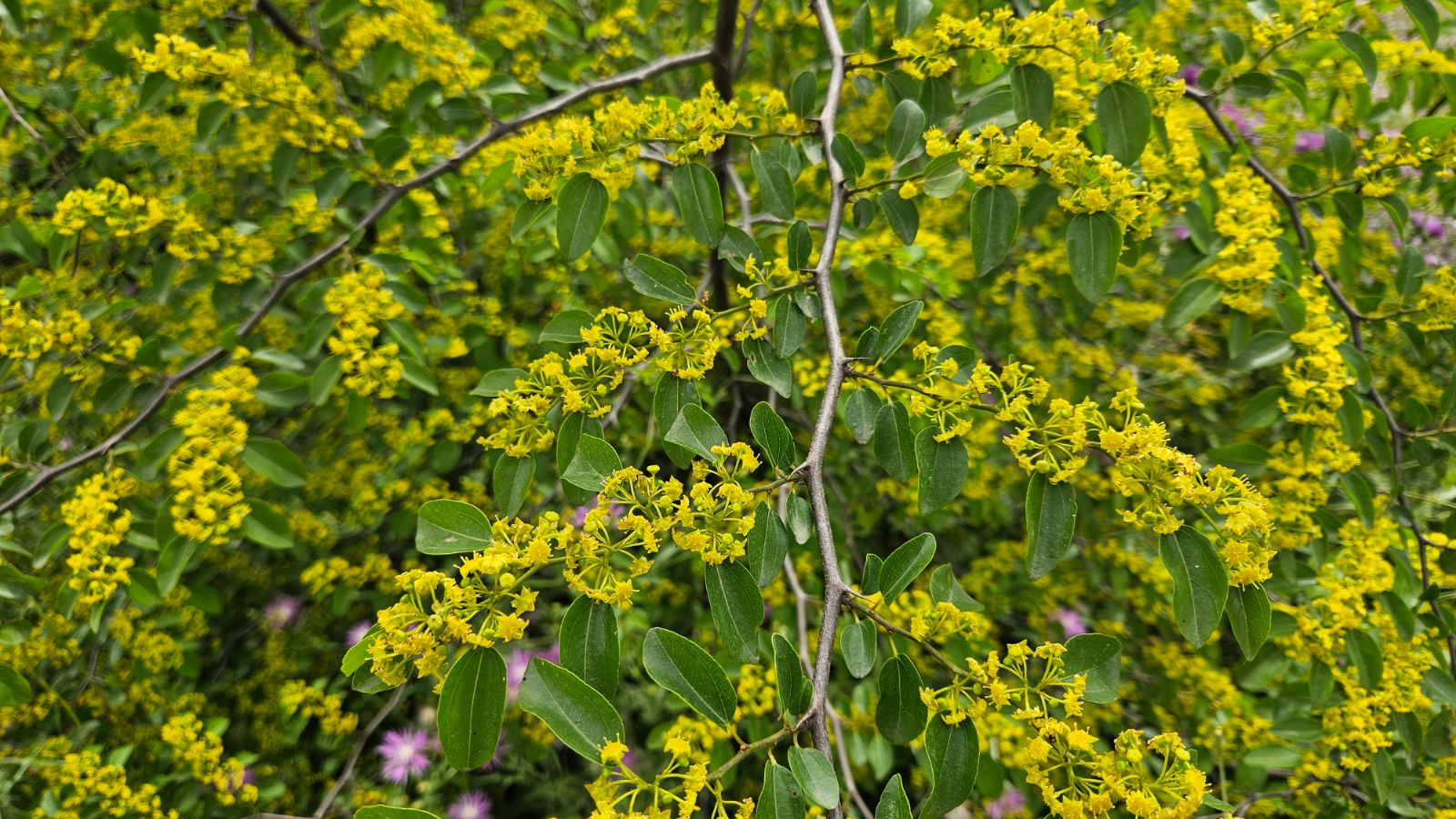
Understanding your local flora is essential for predicting and confirming honey flow timing. The main flow typically begins when major nectar sources reach peak bloom simultaneously. In many regions, this involves multiple plant species flowering in succession or overlap.
Common main flow plants vary by region but often include basswood (linden), clover species, wildflower mixes, or specialized crops like sunflowers or canola. Learn to identify the primary nectar sources in your area and monitor their bloom progression throughout the season.
Field scouting becomes invaluable during potential flow periods. Walk through areas where your bees forage and observe flower abundance and bee activity on blossoms. Heavy bee visitation on major nectar sources confirms that flow conditions are developing or already underway.
Colony Population and Age Structure Indicators
The main honey flow requires colonies to reach optimal population levels with the right age structure of bees. Strong colonies entering the flow period should have large populations of young to middle-aged bees capable of intensive foraging and nectar processing.
During the flow, you’ll notice a shift in colony demographics. The proportion of house bees decreases as more workers transition to foraging roles. Brood rearing may actually decline as the colony redirects resources toward honey production, prioritizing immediate nectar gathering over long-term population growth.
Queen egg-laying patterns often reflect flow conditions. During intense flows, queens may reduce laying rates as worker bees focus energy on nectar processing rather than brood care. This temporary reduction in brood rearing is a normal response to abundant nectar availability.
Timing Considerations Across Different Regions
Understanding regional timing patterns helps beekeepers prepare for their local main flows. In temperate Northern Hemisphere locations, main flows typically occur between June and August, coinciding with peak summer blooming periods. However, local microclimates and elevation differences can shift these timings significantly.
Mediterranean climates may experience main flows earlier in the season, often during spring months when winter rains have promoted abundant wildflower growth. Tropical and subtropical regions may have multiple flow periods throughout the year, each requiring careful monitoring and management.
Elevation plays a crucial role in flow timing. Mountain beekeepers often experience later flows as alpine flowers bloom during summer months. Coastal areas may have different timing based on sea-influenced weather patterns and specialized coastal flora.
Practical Management During Flow Recognition
Once you’ve identified the onset of the main honey flow, immediate management decisions become critical. The most important consideration is ensuring adequate storage space for incoming nectar. Colonies can quickly become honey-bound if insufficient supers are provided during intense flows.
Monitor super filling rates closely during confirmed flows. When supers reach 70-80% capacity, add additional boxes to prevent storage limitations that could reduce foraging efficiency. The old adage “a day late is a dollar short” applies perfectly to honey flow management.
Consider your extraction schedule during flow periods. Some beekeepers prefer to extract partially filled supers during the flow to provide more storage space, while others wait until flow completion to harvest. Each approach has merits depending on your operation size and equipment availability.
Common Mistakes in Flow Recognition
Many beekeepers, particularly newcomers, make critical errors in flow identification that can impact honey production. One common mistake is confusing minor flows with main flows, leading to premature super addition or premature extraction timing.
Another frequent error involves failing to recognize flow intensity variations. Not all main flows are created equal – some years produce exceptional flows while others deliver moderate yields. Adjusting expectations and management practices based on flow strength prevents disappointment and optimizes results.
Weather misinterpretation can also lead to management mistakes. Short-term weather disruptions during flows don’t necessarily signal flow termination. Experienced beekeepers learn to distinguish between temporary weather-related slowdowns and actual flow conclusion.
Conclusion: Mastering the Art of Flow Recognition
Recognizing the signs of main honey flow onset requires patience, observation, and local knowledge that develops over multiple seasons. Each beekeeping location has unique characteristics that influence flow timing, intensity, and duration. By combining behavioral observations, physical indicators, environmental awareness, and floral knowledge, beekeepers can optimize their management strategies for maximum honey production.
The ability to accurately identify honey flow periods separates successful beekeepers from those who struggle with inconsistent harvests. This skill develops through careful observation, detailed record-keeping, and willingness to learn from both successes and mistakes. Remember that every season provides learning opportunities, and even experienced beekeepers continue refining their flow recognition abilities throughout their careers.
Success in beekeeping depends heavily on working with natural cycles rather than against them. By understanding and respecting the timing of main honey flows, beekeepers can position their colonies for optimal honey production while maintaining healthy, productive hives that thrive season after season.
Meta Keywords: honey flow signs, nectar flow beekeeping, bee behavior indicators, hive management timing, honey production peaks
Further reading:
- Scientific Beekeeping – Understanding Colony Buildup and Decline: The Main Honey Flow
- The Warre Store – The Importance of Recognizing Nectar Flows
- Honey Bee Suite – How to Recognize a Nectar Dearth & Safeguard Your Bees
- Bad Beekeeping Blog – How to Predict the Honey Flow
- NASA Goddard Space Flight Center – Honey Bee Forage Map Information
- Beekeeper Corner – Understanding Nectar Flows for Beekeeping Success
- Foxhound Bee Company – What Is A Nectar or Honey Flow?
- Wikipedia – Honey Flow
